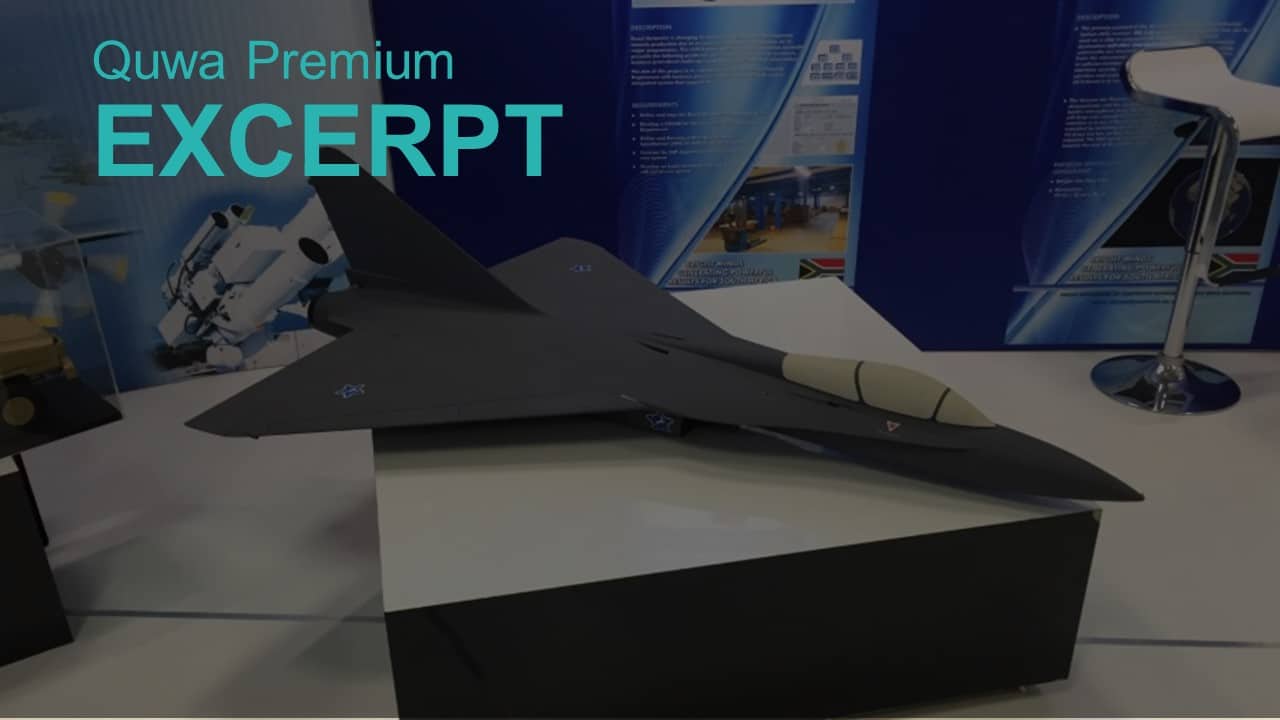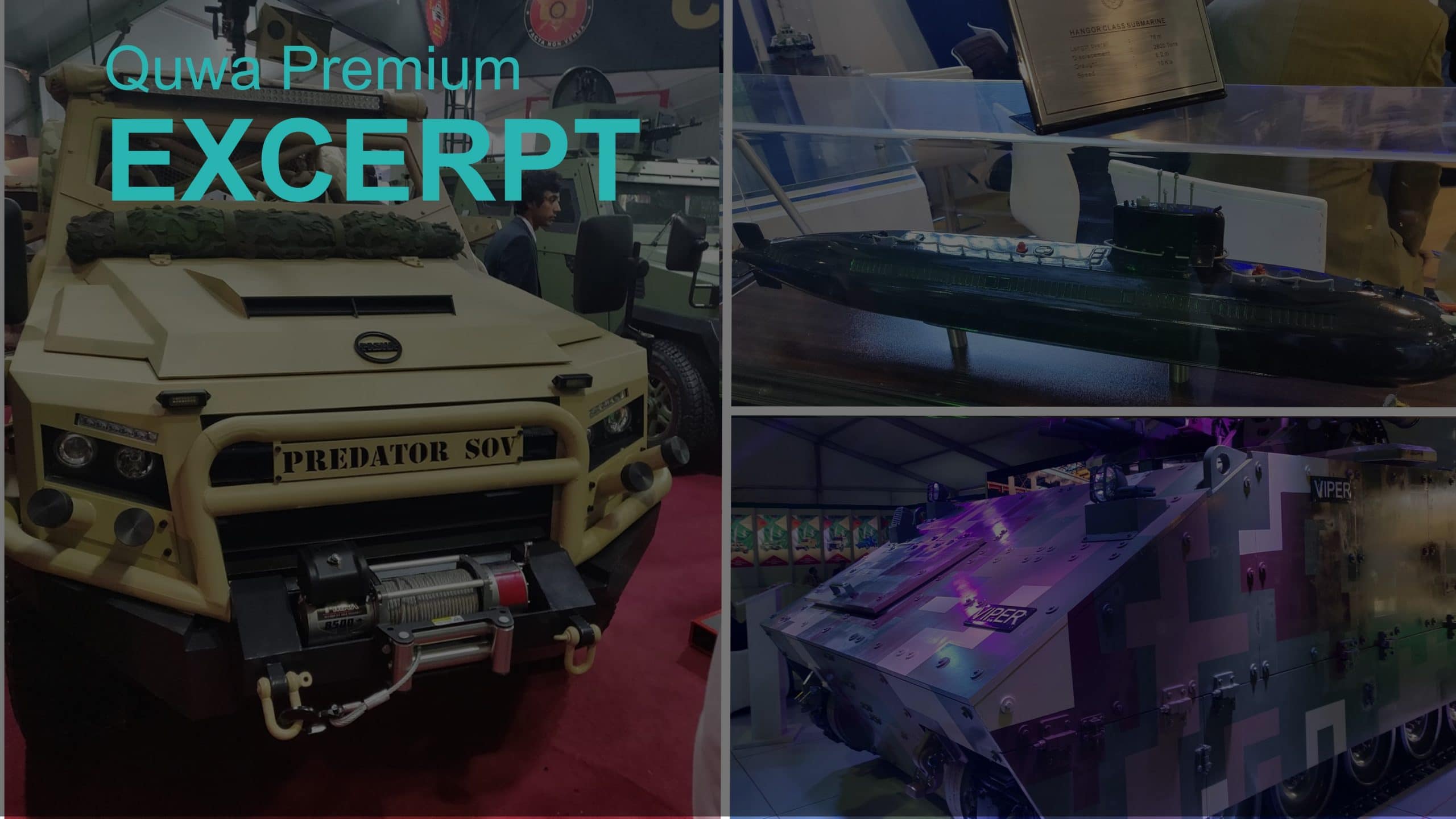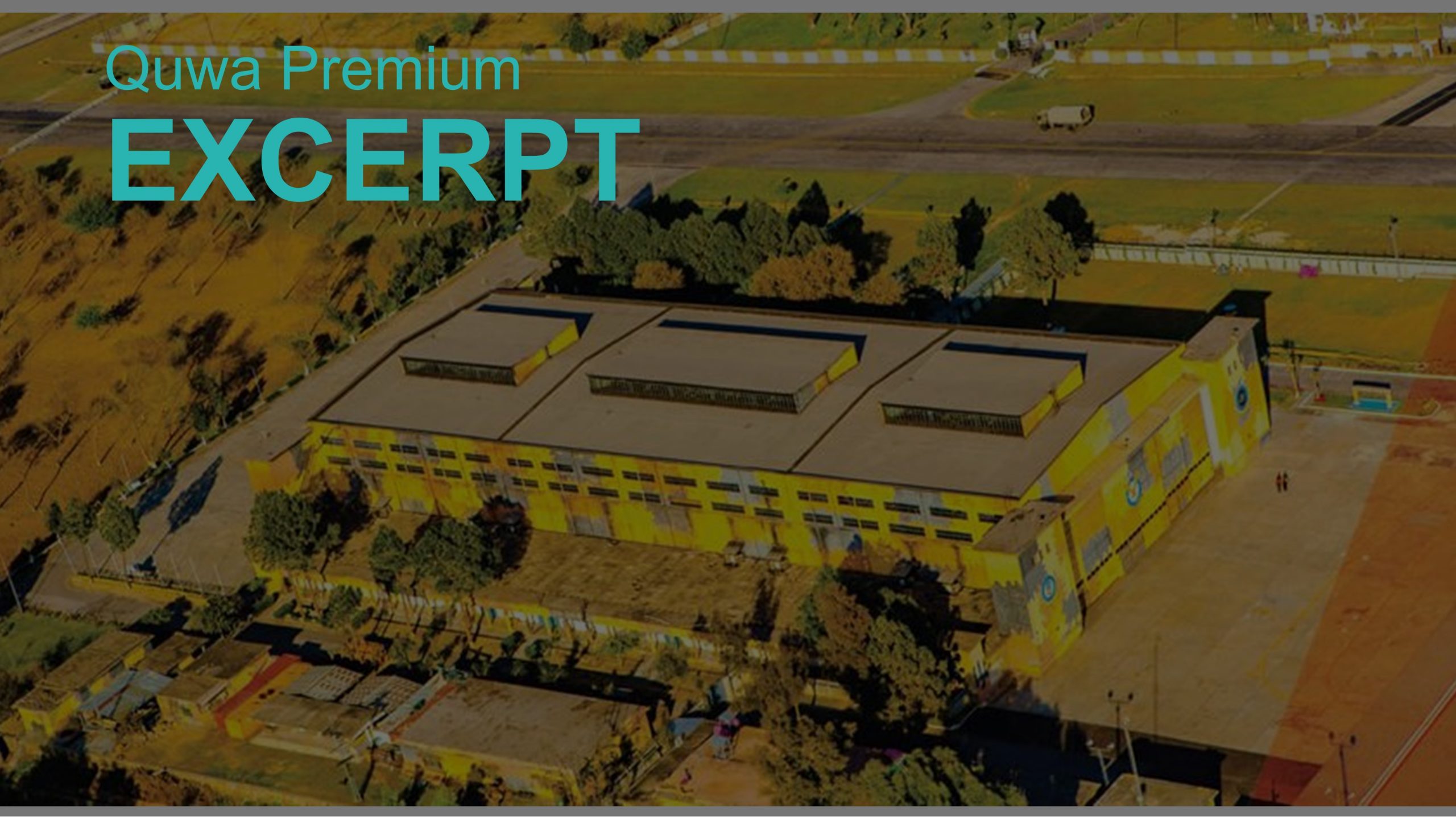1948Views

South Africa’s Atlas Carver | Lessons for Pakistan?
In the early 1980s, South Africa tasked the country’s main defence vendor, Atlas, to design, develop and manufacture an indigenous fourth-generation multi-role fighter.
Designated “Carver,” the fighter was an ambitious play at replacing the South African Air Force’s (SAAF) legacy Mirage III and Mirage F-1 combat aircraft with an indigenous state-of-the-art solution.
However, the Carver was cancelled by 1991 due to both a shift in South Africa’s strategic realities – namely the end of the Angolan Border War and lifting of international sanctions – and escalating costs. In fact, by the time the project was halted, South Africa had spent around $2 billion US on development.[1]
Though the Carver is no longer a factor, there may be parallels between the intent and aspirations of the SAAF in the 1980s and the Pakistan Air Force (PAF) today. Like the SAAF in the 1980s, the PAF of today is working on its own in-house next-generation fighter aircraft. Moreover, like the SAAF, the PAF was more or less compelled to embark on an indigenous project due to a lack of willing overseas suppliers.
But the Carver can also be a lesson on the difficulty and complexity of fighter development, especially for a country with limited industrial inputs. While South Africa was ahead in terms of the latter compared to Pakistan, it is arguably still the closest analogue to Pakistan’s situation compared to other countries with fighter projects, such as South Korea’s KF-X.
History of the Atlas Carver Fighter Program
In the late 1970s, the SAAF was facing both the potential threat of new, advanced fighter aircraft joining Angola, and the reality that its fleet of Mirage III and Mirage F-1 fighters were aging. However, due to the sanctions imposed on South Africa at the time, the SAAF did not have many options for next-generation fighter aircraft from abroad (e.g., the Mirage 2000 or F-16). Thus, the SAAF had to rely on its own industry.
In the early 1980s, the SAAF had actually embarked on three fleet modernization programs, of which the Carver was among them. The other two revolved around the Cheetah, i.e., a vast modernization program of the SAAF’s Mirage IIIs involving a new engine, airframe engines, and contemporary electronics suite.
Though a significant upgrade, the Cheetahs were meant as an interim solution until the Carver (and after the project was cancelled, a fourth-generation fighter) was inducted. The goal was to start replacing all of the SAAF’s existing fighter aircraft from 2000, i.e., 15 years after the start of the Carver’s development…
End of Excerpt (418/1,668 words)
You can read the complete article by logging in (click here) or subscribing to Quwa Premium (click here). If you are already logged in, you can access the article by clicking here.
For More on Pakistan’s Fighter Aircraft Development Efforts, Check Out:
- Pakistan Makes Progress on Next-Gen Fighter Development
- Pakistan Inches Closer to Inducting the JF-17 Block 3
- Pakistan Seeking ‘Data Link Items’ for Indigenous MALE UAV
[1] Darren Olivier. “Project Carver emerges from the shadows.” African Defence Review. 14 November 2016. URL: https://www.africandefence.net/project-carver-emerges-from-the-shadows/
[2] Ibid.


